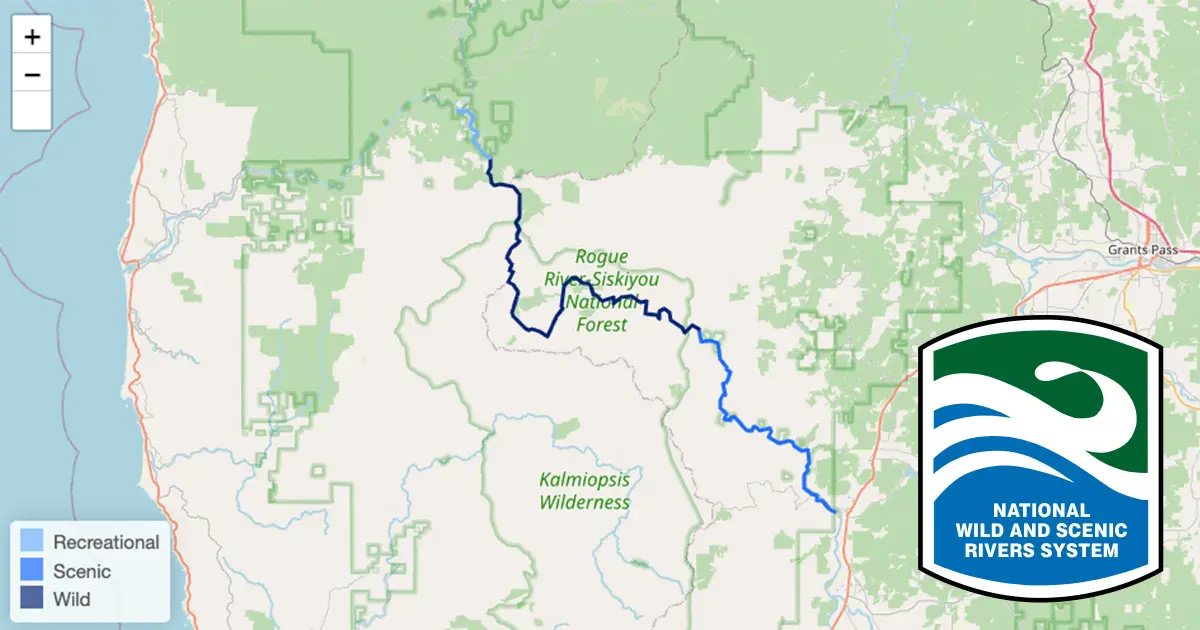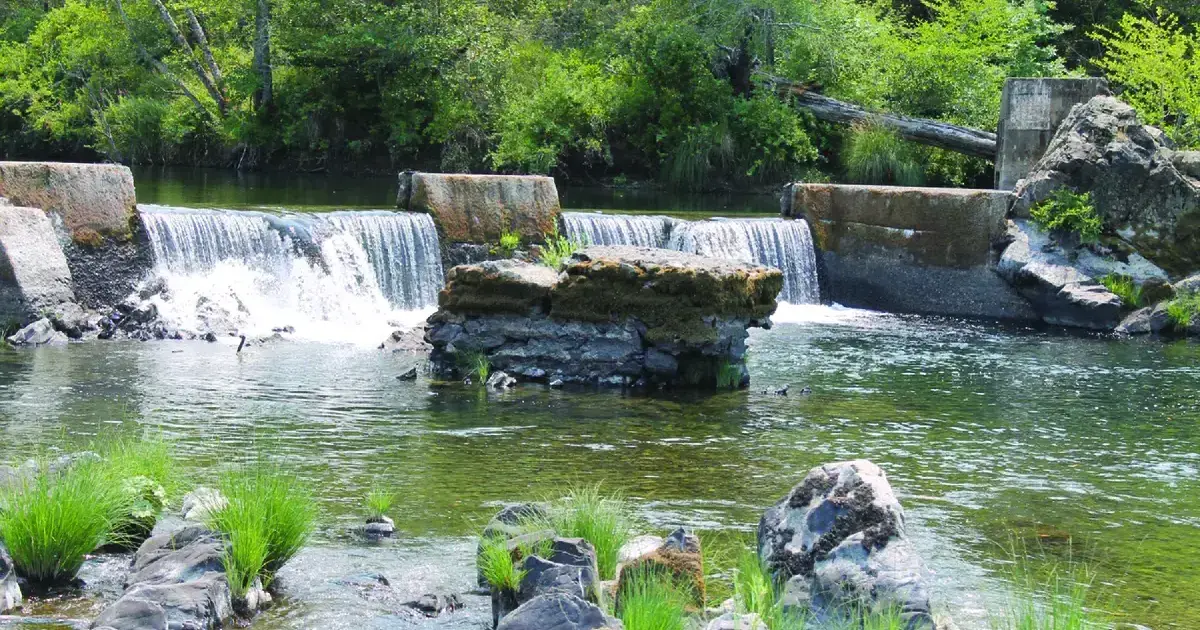
As the Oregon Eagle has reported, a class action lawsuit has been filed against WaterWatch of Oregon for the destruction of the Pomeroy Dam on the Illinois River near Cave Junction, Oregon.
The plaintiff, David White, informed the Oregon Eagle that “The Illinois river is a Wild and Scenic river as shown at rivers.com. Therefore, defendants had to have a Clean Water Act Section 404 permit which they do not have. I will apply for one and a joint application to rebuild the dam. The required permits will take 2 years to get.”
Per Rivers.gov: [emphasis added]
Illinois River
Located in southwest Oregon, the designated segment of the Illinois River flows from the Rogue River-Siskiyou National Forest boundary to its confluence with the Rogue River (also designated), a distance of 50.4 miles. Congress added southwest Oregon’s Illinois River to the National Wild and Scenic River System in 1984, recognizing its nationally outstanding fisheries, water quality, scenery, recreation, and botanical values. The importance of the designation can be seen today in the visitors who travel along the river’s scenic section, where thousands seek the relief of its clear waters during hot summer days. The Illinois River shines as one of the West’s premier whitewater rivers and as a wild salmon and steelhead refuge.
Designated Reach
October 19, 1984. From the boundary of the Siskiyou National Forest downstream to its confluence with the Rogue River.
Fish
The Illinois River is a world-class native salmon and steelhead river. It is significant in the variety and numbers of salmonid and other species, including coho and chinook salmon, winter steelhead, cutthroat trout (three life histories), Pacific lamprey, and green sturgeon.
In the 1970’s, approximately 25,000 salmon and steelhead were caught by sport fisherman each year. The Illinois contributed another 85,000 salmon annually to offshore commercial fisheries. However, as with all West Coast rivers, numbers have declined.
The Illinois is one of the few rivers on the West Coast where there is no hatchery supplementation program. On the Illinois River, you can still watch the age-old spectacle of wild salmon jumping natural barriers in their ritual return to natal spawning grounds, where they reproduce and die.
Water Quality
The exceptional color (blue-green) and clarity (allowing viewing to 15 feet or greater) of the waters of the Illinois are outstanding. The water quality contributes to the exceptional habitat for the fish and botany communities in the river corridor, as well.

Clean Water Act Section 404
Section 404 of the Clean Water Act requires authorization from the Secretary of the Army, acting through the Corps of Engineers, for the discharge of dredged or fill material into all waters of the United States, including wetlands.
Discharges of fill material generally include, without limitation: placement of fill that is necessary for the construction of any structure, or impoundment requiring rock, sand, dirt, or other material for its construction; site-development fills for recreational, industrial, commercial, residential, and other uses; causeways or road fills; dams and dikes; artificial islands; property protection or reclamation devices such as riprap, groins, seawalls, breakwaters, and revetments; beach nourishment; levees; fill for intake and outfall pipes and subaqueous utility lines; fill associated with the creation of ponds; and any other work involving the discharge of fill or dredged material.
A Corps permit is required whether the work is permanent or temporary. Examples of temporary discharges include dewatering of dredged material prior to final disposal, and temporary fills for access roadways, cofferdams, storage and work areas.
https://www.spk.usace.army.mil/Missions/Regulatory/Jurisdiction/Clean-Water-Act
Richard Emmons is the publisher and editor of the Oregon Eagle.
